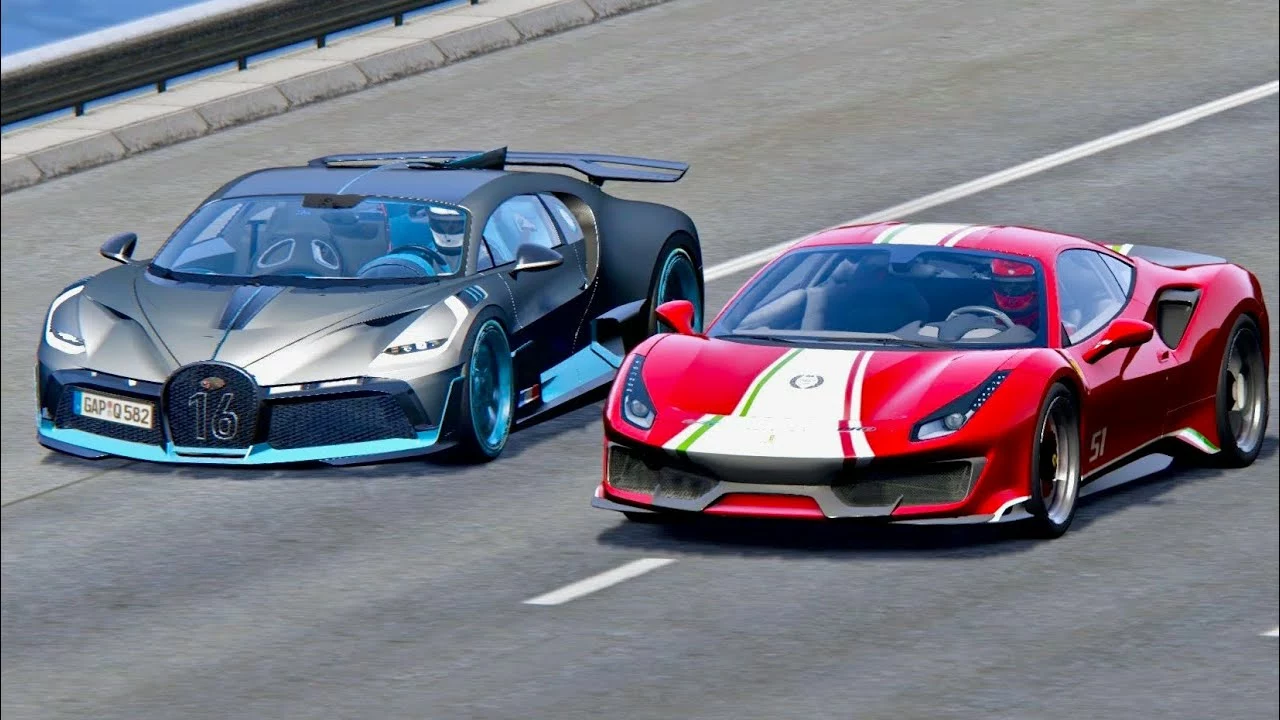
Probing The Past: Bugatti's Racing History
Did you know that Bugatti, a name synonymous with exceptional speed, mind-bending mechanics, and extravagant design doesn't have its own racing team? You'd think with their production of physics-defying roadsters, they’d at least attend some automotive contests, right? But, that's just not the case! In fact, they don't have a formal racing team. But why? Well, buckle up because it’s time for a joy ride through the annals of Bugatti’s racing past.
First off, let's clear something up - Bugatti did have a racing team in its early days. Yes, the company founded by Ettore Bugatti in 1909 did experience a fair number of victories on European race tracks back in the day. With their Type 13 racer, they dominated the racing scene, garnering fame and glory in spades. The Bugatti Type 35, launched in 1924, was a true racing legend, winning over a thousand races in its lifetime. Incredible, isn't it? However, after those golden years, the winds changed drastically for Bugatti.
The Second World War swept across the globe, and such luxuries as high-end racing cars were sidelined. After the war, the company faced a financial crunch, leading to its bankruptcy in 1952. It's tough to maintain a racing team if you're going broke. Those tumultuous times marked the start of Bugatti's hiatus from the racing scenery
The Fabulous Rebirth: Bugatti in the Modern Era
You may be wondering at this point, "Finnegan, Bugatti is back in business these days, so why haven't they revisited racing?" Good question. You see, Bugatti, in its modern incarnation, is more in the business of creating hyper-luxury cars that max out the epitome of speed and opulence.
When Volkswagen acquired Bugatti in the late '90s,, it led to a whole new epoch for the brand. Under its new guardianship, Bugatti launched the magnificent Veyron in 2005, and later the majestic Chiron. Their focus was clear – creating the ultimate road-going experience, combining a stratospheric price tag with blisteringly fast speeds. Functionally, these cars are more works of art than racing machines.
When you think about it, Bugatti already has the world’s attention. Their vehicles are setting new benchmarks in the automotive industry, pushing the envelope of possibilities. Whether we talk about Veyron’s record-setting top speed of 267.856 mph in 2010 or Chiron’s mind-boggling 304.773 mph run in 2019, it's clear that Bugatti is very much in the business of breaking records, if not in the business of racing.
The Reality of Racing: Profit vs Prestige
It's not that Bugatti has utterly abandoned the world of racing. They've worked collaboratively with Lego, for example, to create a drivable model of the iconic Chiron, a nod towards their enthusiasm around dynamism and sheer performance. However, when it comes to the world of professional motorsport—think F1, think Le Mans, think endurance racing, Bugatti's hold back may surprise the uninitiated. Allow me to explain why.
The harsh reality of racing is this: it's an expensive endeavor. The costs of maintaining a racing team, from building and designing race cars to hiring experienced talent, are massive. And while racing does come with its share of prestige, it doesn't always make financial sense. Car racing, despite its thrill and glamour, isn't the gold mine many imagine it to be. The return on investment is not always guaranteed and even powerhouse brands in motorsports have struggled financially.
So, Bugatti's decision of not venturing into racing may well be rooted in pragmatism. With the brand being known for its exclusivity and extraordinary designs, diving into the high-stress, high-investment world of motorsports might be too much of a gamble. They'd rather focus on crafting road beasts and setting world records than indulge in the unpredictable world of racing.
Breaking The Mould: Bugatti's Divergent Path
As car enthusiasts, we need to understand that Bugatti isn’t your everyday car brand. They've long moved on from the conventional path of car manufacturing. When most think of race cars, they picture machines built with performance and resilience in mind, not necessarily the handcrafted opulence Bugatti strives for with its cars.
Bugatti’s divergent path is not just about maintaining the status quo; it's about breaking the mould. It’s about adopting a different perspective, about pushing the boundaries in terms of what a car can be. So, while Bugatti's cars have more in common with a luxury yacht or a private jet than a conventional race car, they have not completely forsaken the pursuit of speed and performance.
If we shift our gaze towards the EV world, Bugatti announced an 80% battery electric vehicle (BEV) called the Bugatti Bolide which claims a top speed of well over 300 mph. Bolide’s focus may not be on competing with other race cars but on creating a new standard of speed itself.
Parting Thoughts: Bugatti's Focus on Exclusivity
So, while it may initially seem counterintuitive that Bugatti, producer of some of the world's fastest and most luxurious cars, does not have a racing team, on further analysis, it makes perfect sense. For Bugatti, it’s not about proving themselves on the racing tracks of Le Mans or battling it out in the Formula 1 circuits. The Bugatti race is a different one - it is against the limits of engineering and luxury.
Despite Bugatti’s absence on the race track, the brand has held on to its rich heritage and legacy. For them, the spotlight isn't as enticing as the craftsmanship of their hypercars. As a company, they've aimed for exclusivity and sophistication. Their main goal is not to win races but to pioneer the automobile world with their ingenious designs, revolutionary speed, and a proud lineage.
In the words of Bugatti’s own test and development engineer, Pierre-Henri Raphanel, “Bugatti stands for the best, the highest, the fastest. And we have proven just that again.” In a world where most car companies buckle up for the rat race, Bugatti chooses to create its own exclusive lane.